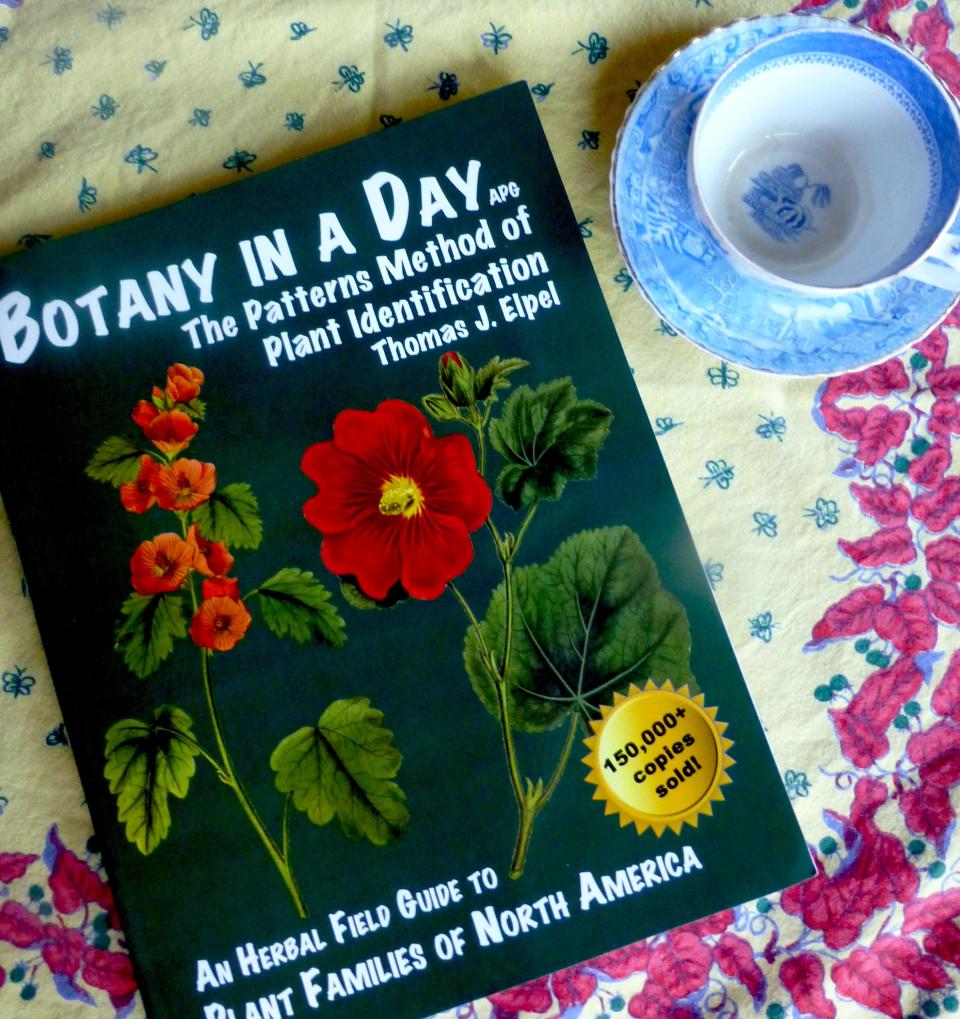Gardening for You: Botany book and poinsettia care
Gardeners who have resolved this year to delve deeper into how horticulturists and botanists identify and group plants may be interested in a book that is something of a tutorial in classification systems of plants.
Lubbock A-J reader and friend, Jean P. of Tijeras, New Mexico, put me onto the book that prompts today’s column. The book “Botany in a Day: The Patterns Method of Plant Identification” 6th edition groups plants into families, sorting plants into different families by their shared traits. It is published by HOPS Press, LLC, is available at wildflowers-and-weeds.com and on Amazon. Author Thomas J. Elpel is not a botanist, rather a self-described builder and conservationist (elpel.info) who has studied the organization of plant families.

The book is filled with beautiful color and black-and-white illustrations. Gardeners wanting classification systems of edibles like vegetables and fruit may be disappointed as these are few, but gardeners and naturalists interested in wildflowers and herbs will enjoy the book.
The title, “Botany in a Day”, is a little misleading as it takes some time to digest the 222 pages of details, but the pages on the introductory tutorials and plant families can be easily browsed in a day. For plant lovers interested in studying more about classification systems and in identifying characteristics, this may be a worthy addition to your library.
Poinsettia Q&A
What to do with poinsettias after Christmas? Some end up as compost after blooms are spent while others may be nurtured and coaxed into reblooming for next year. Following is seasonal guide for reblooming poinsettias:
Winter: Without wetting the foliage, irrigate with tepid water when leaves droop and media is dry to the touch; discard the water that drips out the bottom of the pot. Place plants in bright light with day temperatures 65 to 75 degrees F; keep away from drafts and cold windows as poinsettia foliage is damaged at temperatures lower than 50 degrees F. Fertilize with light nitrogen application when plants cease blooming. Increase intervals between waterings to slow vegetative growth.
Spring and Summer: Move plants outside when night temperatures are above 60° F and day temperatures of 65 to 75 degrees F. Cut stems back to about 4 inches in length. Water regularly; fertilize lightly. Protect plants from winds and high light. Continue to lightly prune top growth. Protect from harsh winds.
Autumn: When temperatures drop to 65 degrees F bring inside. Initiate reblooming eight weeks before the desired December bloom date by placing the plant in complete darkness from 5 p.m. to 8 a.m. every day. Do not miss a day; even a short burst of light will interrupt the reblooming process. During the day move to a brightly lit, warm room. Continue watering and fertilizing regime. Continue the long night/short day regime until bracts show color and flower buds form. Move into bright light and 65 to 75 degrees F, following winter care and enjoy poinsettia blooms in 2023.
Ellen Peffley taught horticulture at the college level for 28 years, 25 of those at Texas Tech, during which time she developed two onion varieties. She is now the sole proprietor of From the Garden, a market garden farmette. You can email her at gardens@suddenlink.net
This article originally appeared on Lubbock Avalanche-Journal: Gardening for You: Botany book and poinsettia care

